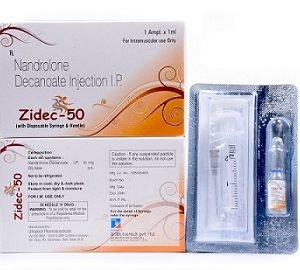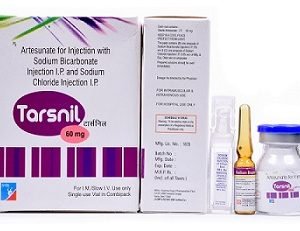Description
THE MAJOR PROGESTATIONAL STEROID THAT IS SECRETED PRIMARILY BY THE CORPUS LUTEUM AND THE PLACENTA. PROGESTERONE ACTS ON THE UTERUS, THE MAMMARY GLANDS, AND THE BRAIN. IT IS REQUIRED IN EMBRYO IMPLANTATION, PREGNANCY MAINTENANCE, AND THE DEVELOPMENT OF MAMMARY TISSUE FOR MILK PRODUCTION. PROGESTERONE, CONVERTED FROM PREGNENOLONE, ALSO SERVES AS AN INTERMEDIATE IN THE BIOSYNTHESIS OF GONADAL STEROID HORMONES AND ADRENAL CORTICOSTEROIDS
PROGESTERONE IS A FEMALE HORMONE IMPORTANT FOR THE REGULATION OF OVULATION AND MENSTRUATION.
PHARMACOLOGY
a.) Pharmacodynamics:
Progesterone is a naturally occurring progestin or a synthetic form of the naturally occurring female sex hormone, progesterone. In a woman’s normal menstrual cycle, an egg matures and is released from the ovaries (ovulation). The ovary then produces progesterone, preventing the release of further eggs and priming the lining of the womb for a possible pregnancy. If pregnancy occurs, progesterone levels in the body remain high, maintaining the womb lining. If pregnancy does not occur, progesterone levels in the body fall, resulting in a menstrual period. Progesterone tricks the body processes into thinking that ovulation has already occurred by maintaining high levels of the synthetic progesterone. This prevents the release of eggs from the ovaries.
b.) Pharmacokinetics:
- Absorption: – Progesterone absorption is prolonged with an absorption half-life of approximately 25-50 hours.
- Protein Binding: – 96%-99%
- Metabolism: – Progesterone is metabolized primarily by the liver largely to pregnanediols and pregnanolones.
- Route of Elimination: – The glucuronide and sulfate conjugates of pregnanediol and pregnanolone are excreted in the urine and bile. Progesterone metabolites which are excreted in the bile may undergo enterohepatic recycling or may be excreted in the feces. Progesterone metabolites are excreted mainly by the kidneys.
- Half-Life: – 34.8-55.13 hours
INDICATIONS:
- For progesterone supplementation or replacement as part of an Assisted Reproductive Technology (ART) treatment for infertile women with progesterone deficiency and for the treatment of secondary amenorrhea.
- Also used for the reduction of the incidence of endometrial hyperplasia and the attendant risk of endometrial carcinoma in postmenopausal women receiving estrogen replacement therapy, as well as treatment of abnormal uterine bleeding due to hormonal imbalance in the absence of organic pathology such as fibroids or uterine cancer.













